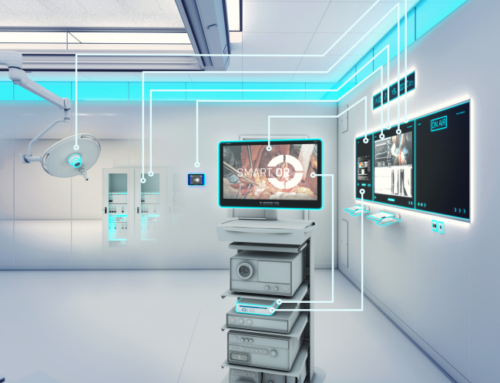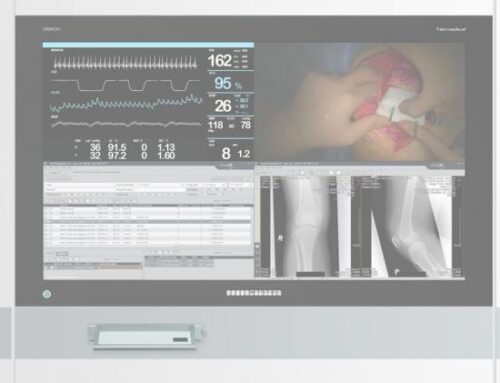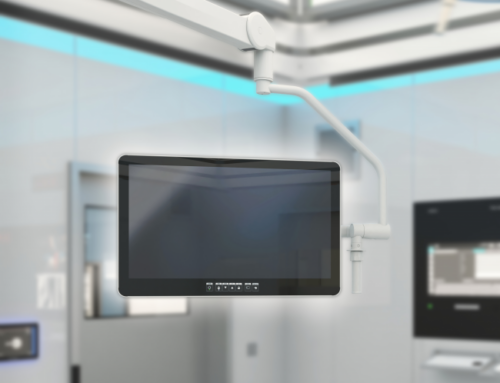Reference calibration
Transfer image impression from one monitor to the other
In no other field is precise image display as important as in the medical environment. Whether in radiology, surgery, cardiology or orthopaedics. This requires high-quality, high-performance monitors that are capable of displaying grayscale and colors realistically and reproducibly. “The display controllers with a 3D LookUpTable specially developed by Rein Medical for this purpose not only have corresponding presets – like most competitor devices – but are also individually calibrated to the specifications of the standards. Each device is calibrated individually in order to reduce the production- and component-related deviations of the displayable colors and grayscales to a previously unattainable minimum (Delta E),” explains Andre Czollek from the development department at Rein Medical, one advantage of the monitors.
Standards have been introduced to ensure uniform image presentation. The best known for color representation include BT.709, BT.1886 and BT.2020
and the DICOM standard for grayscale display. “In principle, the color coordinates of the primary colors red, green, blue, the white point for the maximum brightness and the brightness gradient (gamma) in the range visible to humans are defined,” says Czollek. To enable color calibration, these values of the conversion table are saved in the LookUpTable (LUT) of the display controller. The size of the LUT is decisive for the result and the quality. “Thanks to our innovative 3D LookUpTable in the display controller, significantly more gradations can be realized and thus a much more precise display can be achieved. In addition, the brightness values are kept constant over the entire life cycle with the integrated Automatic Luminance Stabilization (ALS) and therefore offer a further aspect of quality,” emphasizes Czollek.
Delta E is the difference between the specifications of the standards and the values actually achieved by the monitor. A delta E of up to 0.5 is an almost imperceptible deviation of the color distances, up to a value of 1.0 it is noticeable to a trained eye, up to a color distance value of 5.0 and higher it is evaluated as a different color. The CLINIO 432DCUH from Rein Medical achieves a Delta E of 0.5 avg. and a delta E of 0.7max. “Comparable products have a value between 1.75 and 5.07, which is not acceptable in this critical range,” warns Czollek
An exact calibration of the monitors is therefore the basis for a precise and constant image display. With the reference calibration, Rein Medical has developed another special procedure with which the familiar image impression of an external monitor can be copied to selected monitors from the Rein Medical CLINIO and OPERION series. “This makes it possible for the first time for users to transfer their usual image impression to a current Rein Medical device. With the help of a special sensor, all parameters of the existing screen are read out and the reference values obtained are permanently transferred to the 3D LUT of the monitor. This process is possible both in our laboratory at the Mönchengladbach site and as a service at the end user’s premises,” says Andre Czollek, explaining the new technology.



